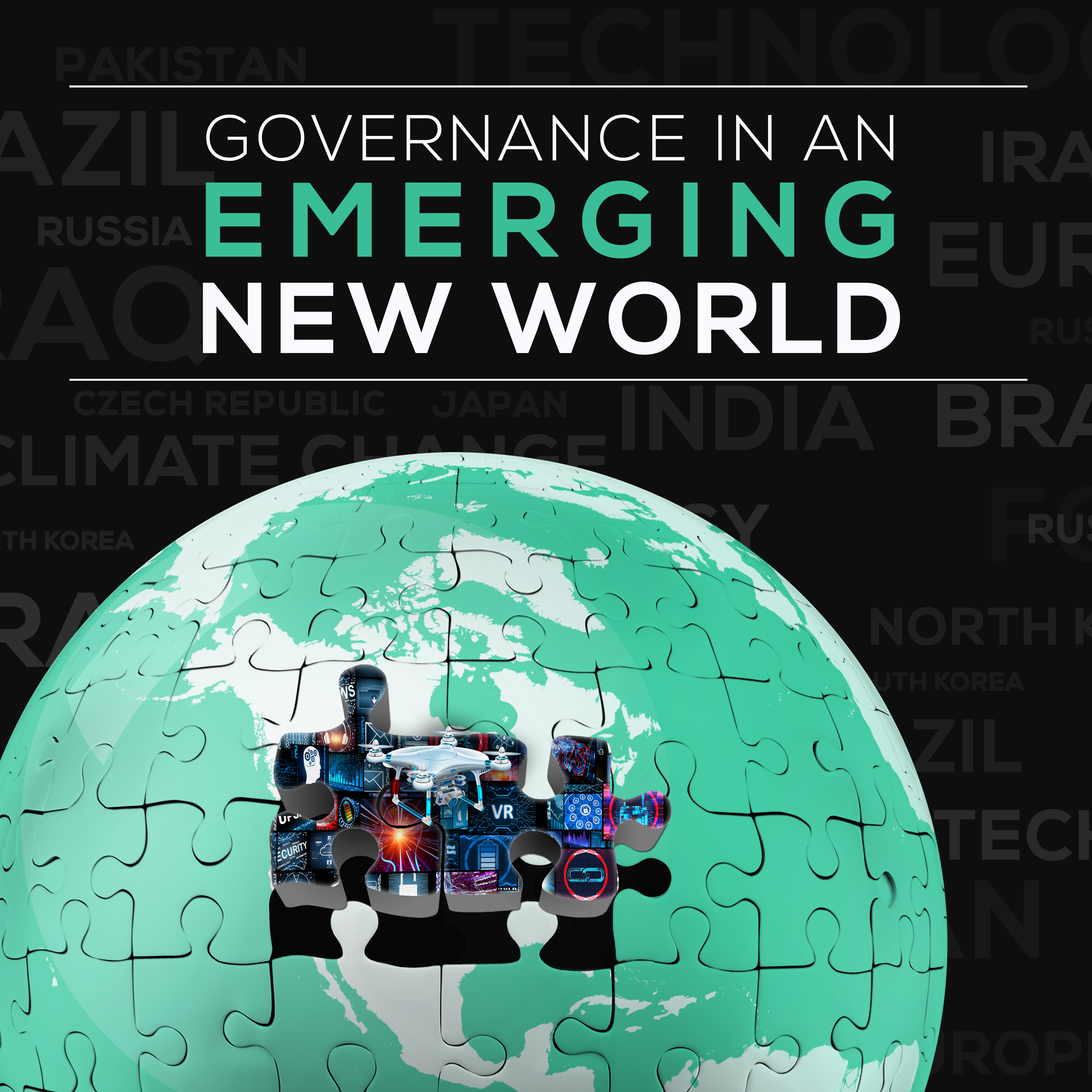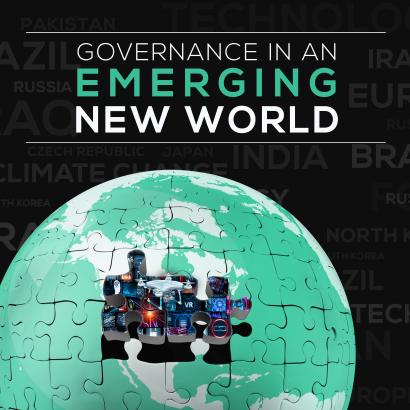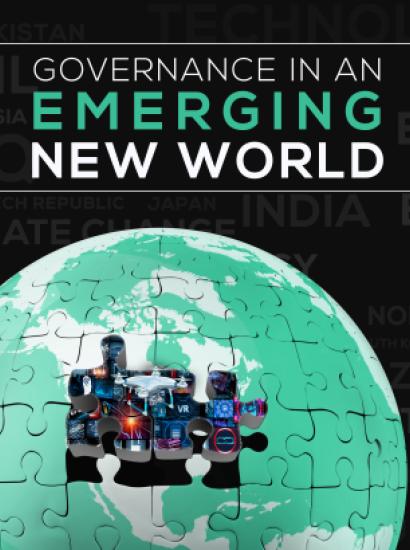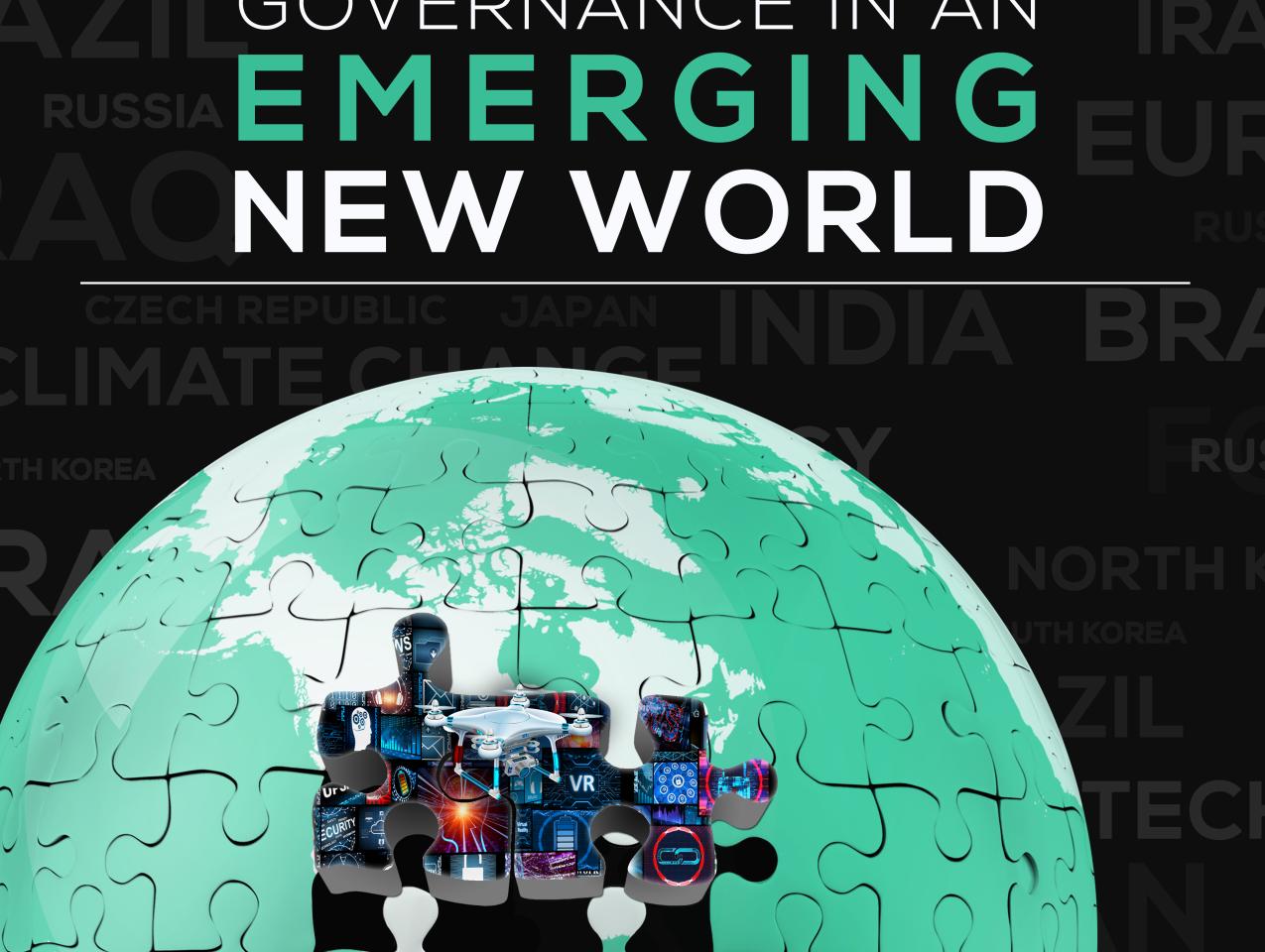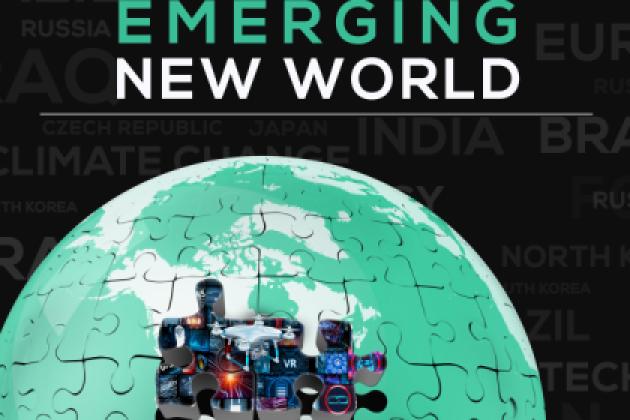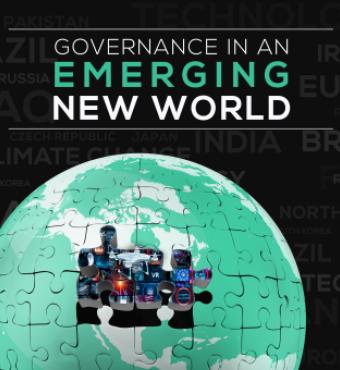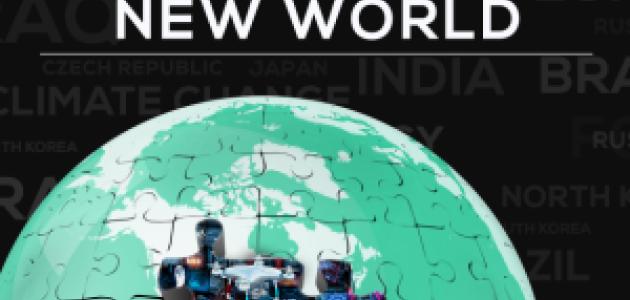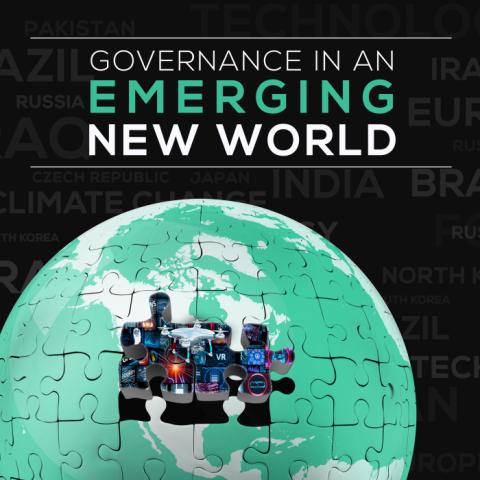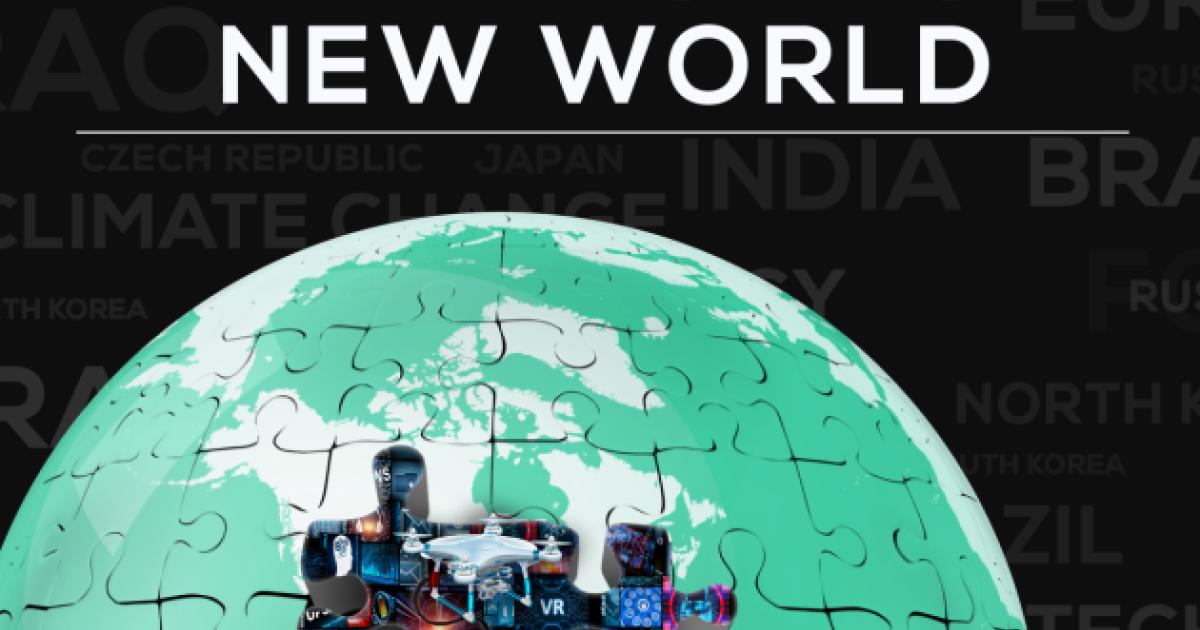- Energy & Environment
Sharp changes are afoot throughout the globe. Demographics are shifting, technology is advancing at unprecedented rates, and these changes are being felt everywhere.
How should we develop strategies to deal with this emerging new world? We can begin by understanding it.
First, there is the changing composition of the world population, which will have a profound impact on societies. Developed countries are experiencing falling fertility rates and increasing life expectancy. As working-age populations shrink and pensions and care costs for the elderly rise, it becomes harder for governments to afford other productive investments.
At the same time, high fertility rates in Africa and South Asia are causing both working-age and total populations to grow, but that growth outpaces economic performance. And alongside a changing climate, these parts of the world already face growing impacts from natural disasters, human and agricultural diseases, and other resource constraints.
Taken together, we are seeing a global movement of peoples matching the transformative movement of goods and of capital in recent decades—and encouraging a populist turn in world politics.
Second is automation and artificial intelligence. In the last century, machines performed as instructed, and that “third industrial revolution” completely changed patterns of work, notably in manufacturing. But machines can now be designed to learn from experience, by trial and error. Technology will improve productivity, but workplace disruption will accelerate—and will be felt not only by call center responders and truck drivers but also by accountants, by radiologists and lawyers, even by computer programmers.
All history displays this process of change. What is different today is the speed of change. In the early 20th Century, American farm workers fell from half of the population to less than five percent alongside the mechanization of agriculture. Our K-12 education system helped to navigate this disruption by making sure the next generation could grow up capable of leaving the farm and becoming productive urban workers. With the speed of artificial intelligence, it’s not just the children of displaced workers but the workers themselves who will need a fresh start.
Underlying the urgency of this task is the reality that there are now 7.6 million unfilled jobs in America. Filling them and transitioning workers displaced by advancing technology to new jobs will test both education (particularly K-12, where the United States continues to fall behind) and the flexibility of workers to pursue new occupations. Clearly, community colleges and similarly nimble institutions can help.
The third trend is fundamental change in the technological means of production, which allows goods to be produced near where they will be used and may unsettle the international order. More sophisticated use of robotics alongside human colleagues, plus additive manufacturing and unexpected changes in the distribution of energy supplies, have implications for our security and our economy as well as those of many other trade-oriented nations, which may face a new and unexpected form of deglobalization.
This ability to produce customized goods cheaply and in smaller quantities may, for example, lead to a gradual loss of cost-of-labor advantages. Today, 68 percent of Bangladeshi women work in sewing, and 4.5 million Vietnamese work in clothing production. Localized advanced manufacturing could block this traditional route to industrialization and economic development. Robots have been around for years, but robotics on a grand scale is just getting started: China today is the world’s biggest buyer of robots but has only 68 per 10,000 workers; South Korea has 631.
These advances also diffuse military power. Ubiquitous sensors, inexpensive and autonomous drones, nanoexplosives, and cheaper access to space through microsatellites all empower smaller states and even individuals, closing the gap between incumbent powers like the United States and prospective challengers and giving potentially disruptive capabilities to non-state and terrorist actors. The proliferation of low-cost, high-performance weaponry enabled by advances in navigation and additive manufacturing diminishes the once-paramount powers of conventional military assets like aircraft carriers and fighter jets. This is a new global challenge, and it threatens to undermine U.S. global military dominance unless we can harness the new technologies to serve our own purposes. At the same time, the proliferation of nuclear weapons poses a serious global threat.
Finally, the information and communications revolution is making governance more difficult everywhere. An analogue is the introduction of the printing press: as the price of that technology declined by 99 percent, the volume grew exponentially. But that process took ten times longer in the 15th, 16th, and 17th Centuries than we see today. Information is everywhere—some of it accurate, some inaccurate, such that entire categories of news or intelligence appear less trustworthy. The “population” of Facebook now exceeds the population of the largest nation-state. We have access to ceaseless and instantaneous communication with everybody, anybody, at any time. These tools can be used to enlighten, but they can also be used to distort, intimidate, divide, and oppress.
On the one hand, autocrats increasingly are empowered by this electronic revolution, enabled to manipulate technologies to solidify their rule in ways far beyond their fondest dreams in times past. On the other hand, individuals can now reach others with similar concerns around the world. People can easily discover what is going on, organize around it, and take collective action.
At present, many countries seek to govern over diversity by attempting to suppress it, which exacerbates the problem by reducing trust in institutions. Elsewhere we see governments unable to lead, trapped in short-term reactions to the vocal interests that most effectively capture democratic infrastructures. Both approaches are untenable. The problem of governing over diversity has taken on new dimensions.
The good news is that the United States is remarkably well-positioned to ride this wave of change if we are careful and deliberate about it. As an immigrant nation, we have always had to govern over diversity. Meanwhile, other countries will face these common challenges in their own way, shaped by their own capabilities and vulnerabilities. Many of the world’s strongest nations today—our allies and others—will struggle more than we will. The greater our understanding of other countries’ situations, the stronger our foundation for constructive international engagement.
This is why we have embarked on this new project on Governance in an Emerging New World. Our friend Senator Sam Nunn has said that we need to strike a balance between optimism about what we can do with technology and realism about technology’s dark side. So we aim to understand these changes and inform strategies that both address the challenges and take advantage of the opportunities afforded by these transformations.
To do so, we are convening a series of meetings and calling for papers to examine how these technological, demographic, and societal changes are affecting the United States (our democracy, our economy, and our national security) and countries and regions around the world, including Russia, China, Latin America, Africa, the Middle East, and Europe.
***
In past volumes, we have considered the impact of these global transformations on major countries and regions around the world and on international security and democratic processes. In this edition, we will look closer to home, to the future of the U.S. economy in a rapidly changing world.
Artificial intelligence, advanced manufacturing, particularly 3D printing, and the other technologies of the “4th Industrial Revolution” appear poised to transform the world economy. Global supply chains may shift as we learn to produce goods closer to where they are consumed, and AI-enabled technologies may change the relationship between workers and machines, thereby redefining the workplace. At the same time, we are witnessing dramatic workforce demographic shifts.
Although we cannot forecast the exact character of these transformations, history teaches us that they will likely be painful. It also teaches us that they will create new opportunities for prosperity and human flourishing. And, fortunately, the United States is well-positioned to take advantage of that potential.
The papers in this volume consider what advancing technologies and demographic transitions will mean for the U.S. economy and society, and they propose ways for the United States to manage those impacts and take advantage of new opportunities to ensure a growing, productive population. Importantly, rather than simply appreciating the problem, each of our contributors is focused on things that can be done at different levels of government and enterprise, given the social license for it.
The volume opens with an assessment of the future labor market by Erik Brynjolfsson, from MIT’s Initiative on the Digital Economy, using a novel dataset from the professional social network LinkedIn. Brynjolfsson identifies skills from today’s jobs that may be performed in the near future by machine learning, finding that machines can do at least some tasks of almost every job, suggesting we will see substantial redesign of work and significant reskilling across the economy. Some occupations, such as retail, are likely to be disproportionately affected. He also considers the degree to which an individual employee’s skills and education have value to his or her employer—the more valuable to the employer, the larger the incentive for it to directly invest in its own employees’ up-skilling. To us, Brynjolfsson and his co-authors’ findings show the value of enabling bottom-up, interest-based frameworks in approaching this transformational but long-term and ultimately individually-tailored challenge. This is an area where the United States can excel.
Following this, we hear from Dipayan Ghosh, a fellow at Harvard Kennedy School and former White House advisor. Ghosh warns that the consumer internet industry’s AI-enabled business practices will continue to prioritize revenue over fairness—absent development of a regulatory framework focused in part on improving transparency in firms’ practices, and to protect against discriminatory and anti-democratic tendencies. His concerns reflect the growing centrality of today’s emerging technologies across a broad swath of society and commerce and the novel governance challenges that they pose.
Turning from technology to people, James Hollifield, the director of the John Goodwin Tower Center at Southern Methodist University, writes that the United States “is trapped in a ‘liberal’ paradox:” it needs immigration to keep its economy strong, but it must also deal with the socio-political ramifications of that immigration. Through a review of past U.S. immigration policies, he explains that this paradox is not new and that we can balance openness with valid concerns for security and societal values. Past contributions to this project have posited that a society’s demographics futures, unlike economic forecasts, are perhaps unique in their certainty. As a high immigration nation, however, the United States is enviably able to shape its demography through policy decisions and governance.
Finally, a changing economy and workforce will require an adaptive educational system, and Van Ton-Quinlivan, former executive vice chancellor of the California Community Colleges, explains how community colleges can contribute to preparing workers for 21st-century jobs. This is not the first time that our project’s contributors have highlighted the role of nimble educational institutions. Drawing from her experience at the helm of California’s overhaul of its community college-based workforce training programs, she outlines how other higher-education institutions can support continuing training and education for a modern economy.
We look forward to a wide-ranging discussion of these important issues, and we thank our colleagues at the Hoover Institution who have supported this project, particularly Shana Farley and Rachel Moltz for their work on this volume.







